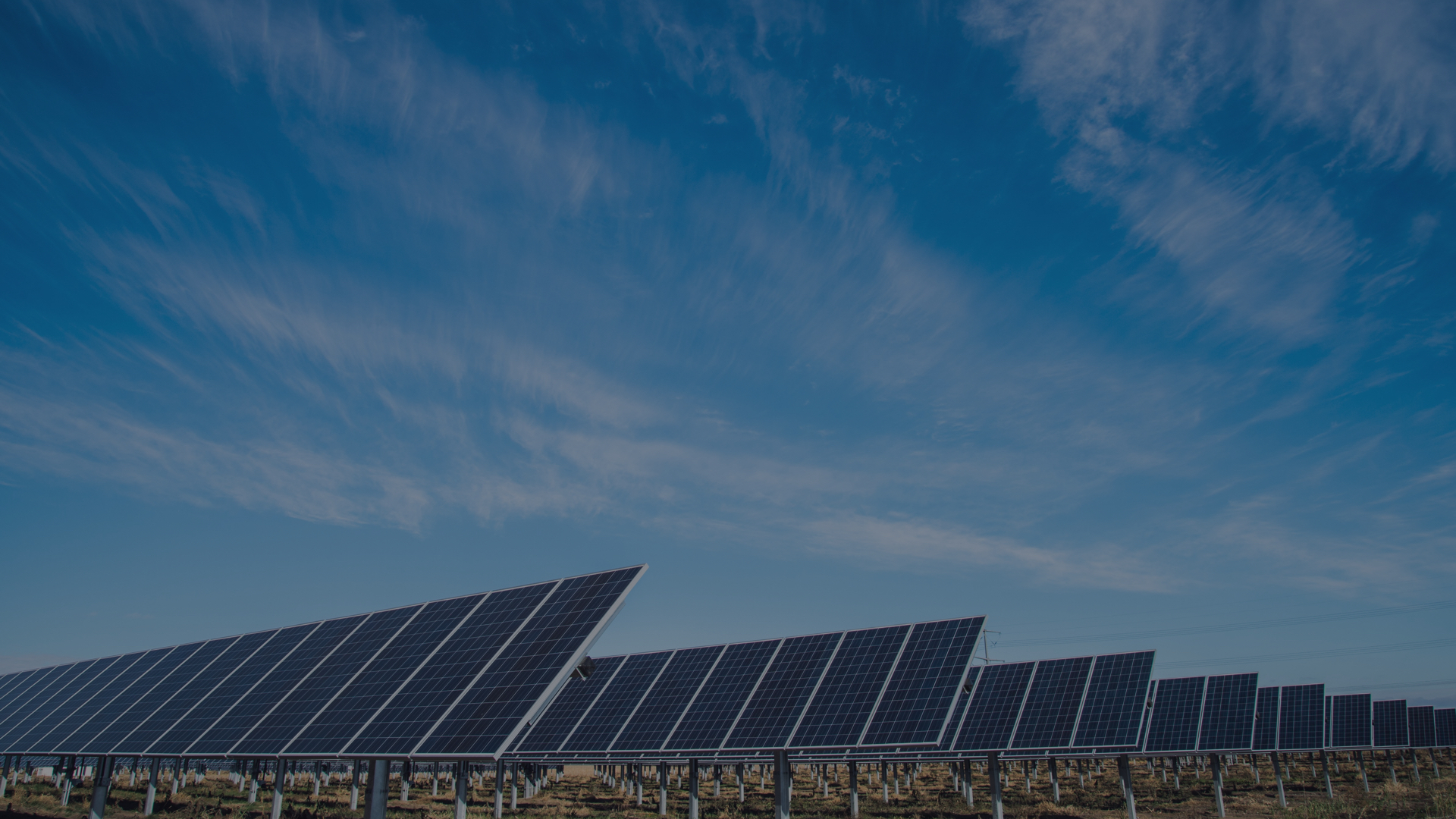There has been a wave of sustainable construction sweeping across British universities lately and a northern Russell Group university has opened the doors of its latest green building.
A new building on Durham University campus that was designed with sustainability in mind has been awarded the Building Research Establishment’s Environmental Assessment Method (BREEAM) 'Excellent' rating thanks to its extensive use of solar energy.
Durham University Sustainability Manager Tara Duncan said: "The Palatine Centre is the University’s 'greenest' building and it is rich in environmentally-friendly features. Recycled materials have been used throughout and 90 per cent of construction waste was reused or recycled."
One of the most impressive energy-saving features of this building is the 160 photovoltaic (PV) panels that have been installed. These solar panels will provide the building with both electricity and hot water.
As well as providing electricity, the solar panels will greatly reduce the building's carbon output – something the university strives towards. The institution has set itself a target of a 30 per cent reduction in carbon output by 2013-14 and the installation of renewable energies is helping to achieve this.
It has been estimated that the PV system will provide an average of 50 per cent of the building's annual hot water demand, rising to 70 per cent during the summer months.
The building is to house the university's administrative branch, providing offices and student services under one (green) roof. The sedum roof was designed in order to reduce storm water runoff and increase insulation.
Tim Burt, Dean for Environmental Sustainability at the university, said: "We’ve put environmentally-friendly features and social well-being at the very heart of the centre’s design and build. It’s a low carbon emissions building that is people and environmentally-friendly and which encourages people to think and act ‘green’."
Visual striking, the building's design lends itself to the optimisation of natural light due to the floor-to-ceiling windows. Other environmentally conscious features of the building include motion-activated lights to reduce unnecessary electricity usage and an internal recycling system.
